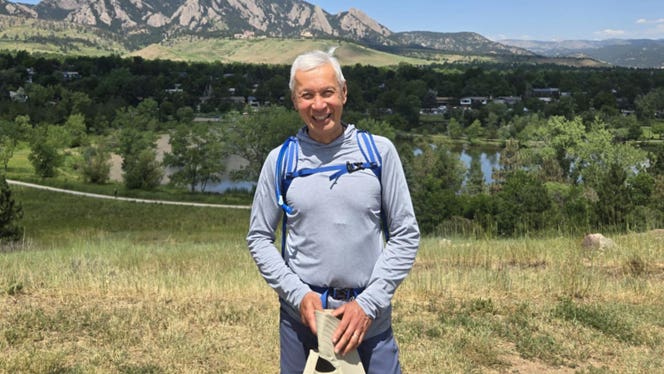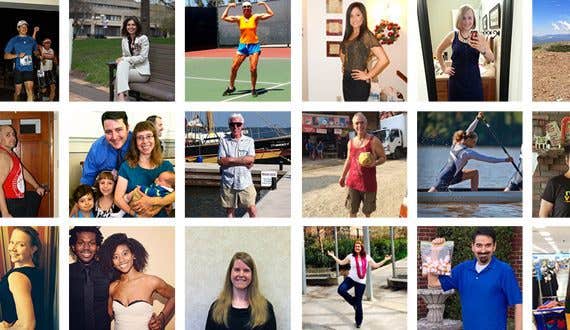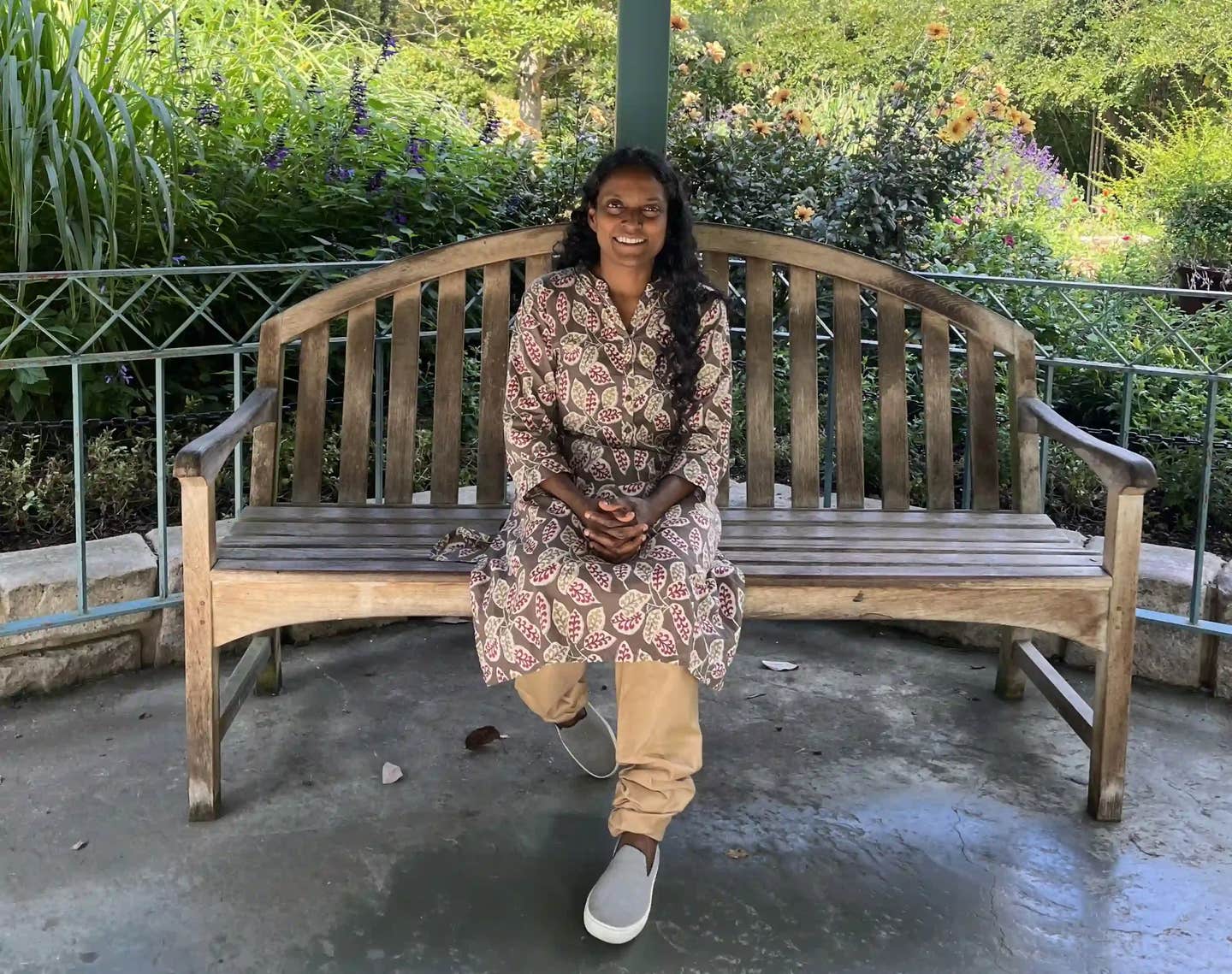
On a Keto Diet, My Heart Disease Got Worse. Going Plant-Based Helped Me Heal
By Jet Benitez,
I grew up in Manila, Philippines, and moved with my family to Boulder, Colorado, in 2006. While I missed the sea and beaches, I quickly fell in love with hiking the Colorado mountains. My diet, however, took a turn for the worse. I transitioned from a pork-centric Filipino diet of lumpia, sisig, and lechon to the even more meat-laden standard American diet of steak, barbecue, and burgers.
In 2018, after watching the documentary The Widowmaker, I had my first coronary calcium scan. My result was in the 400 range, which signaled extensive heart disease and heightened risk for heart attack. I dove into research on how to slow the progression of arterial calcification. I read Prevent and Reverse Heart Disease by Caldwell Esselstyn Jr., M.D., which recommended a whole-food, plant-based diet. But I was more persuaded by ketogenic-diet advocates on YouTube and a chiropractic doctor who promoted supplements meant to reduce calcification. So I adopted a keto diet and began taking the supplements. I followed their advice to the letter, hoping to slow the rise of my calcium score. Instead, over the years, my score steadily increased.
In 2022, at age 63, I attended a reunion of my college scuba diving club. The host laid out a feast of childhood favorites—pork lumpia, pancit, lechon kawali, oxtail kare kare—but explained that he no longer ate these foods himself. When we asked why, he lifted his shirt to expose a long scar bisecting his chest—the result of a heart attack and quadruple bypass surgery the year before. He had since embraced a whole-food, plant-based (WFPB), salt-, oil-, and sugar-free (SOS-free) diet, inspired by Esselstyn’s book, and his health markers had normalized. His cardiologist took him off statins and other medications.
My response at the time was, “Good for you, but I could never go vegan.” He graciously replied, “This is what works for me. You may want to do your own research.”
A Change of Heart
When we first moved to Boulder, which sits at 5,400 feet above sea level, I regularly hiked Mount Sanitas, a 1,200-foot elevation gain, and Bear Peak, with its nearly 3,000-foot elevation gain. Over the years, I gradually lost the ability to climb these mountains, which I attributed to simply getting older.
But two months after the reunion, I developed persistent upper back pain and angina. I could no longer carry stove pellets, mow the lawn, or walk 200 yards uphill without losing my breath. A series of coronary calcium scans revealed my score had climbed to over 900—near the “danger zone.”
Up until that point, I had resisted my PA’s advice to get an angiogram, thinking it was impossible for me to have a heart issue, convinced my keto diet and calcium-reducing supplements were protecting me. Finally, my family convinced me to see a cardiologist. When the cardiologist also recommended I undergo an angiogram, I agreed. The angiogram revealed a 50–60% blockage in my left anterior descending artery. (Because the LAD is so critical in providing blood to the heart, this type of blockage is often referred to as a “widowmaker.”) A stent would have been recommended at 70% blockage. At the time, I was also experiencing a feeling of impending doom, had difficulty sleeping without aids like marijuana gummies, and was prediabetic, with an A1C (a measure of average blood sugar) of 5.7.
It was then that I resolved to make a complete 180-degree turn. I re-read Dr. Esselstyn’s book and watched documentaries like Forks Over Knives, What The Health, and The Game Changers. I switched from my low-carb, high-saturated-fat, and cholesterol-filled diet of meat, eggs, and dairy to a high-carb, high-fiber WFPB, SOS-free lifestyle.
Dramatic Results
The results were swift and significant. My angina and back pain disappeared within two weeks. Soon, I was climbing mountains around Boulder that I hadn't summited in over a decade, mowing the lawn again, and carrying 40-pound bags of stove pellets with no shortness of breath.
My total cholesterol plummeted by 95 points in the first two months, from 221 to 126—well below Esselstyn's target of 150. My LDL dropped by 75 points, from 133 to 58, also well below Esselstyn’s target range of 80.
One month after changing my lifestyle, I stood at the peak of Mount Sanitas for the first time in a decade. Four months later, I was on top of Bear Peak for the first time in over 17 years.
Since then, I’ve set new personal records. This summer, I completed a 26-mile walking marathon, hiked four of the five highest peaks in the Boulder Skyline Traverse, and recently hiked a challenging 15 miles up and down Walker Ranch and Eldorado Canyon.
At 66, I feel healthier than I did in my 50s. I have a new appreciation for life and have experienced many unexpected health benefits over the past three years, including clearer skin, better sleep, greater strength at the gym, improved sexual function, the loss of back acne and plantar warts, reduced lipoma size, stronger nails, and a reduction in eye redness. My breathing is now deep and free from the obstruction and mucus buildup I had before.
Three years into my WFPB journey, I have maintained excellent lipid panels, with my most recent blood work showing a total cholesterol of 124 and an LDL of 55. My cardiologist hasn’t recommended a follow-up angiogram, as I’ve had no chest pains or other symptoms. To top it all off, I no longer have prediabetes: My A1C is now 5.5 (normal).
In It for Life
I’m passionate about sharing my story, especially after being on a strict keto diet for five years in the mistaken belief it would help my coronary artery disease.
I encourage anyone who feels ready to improve their health to try this lifestyle for at least a month to see the results for themselves. The goal is progress, not perfection. Increasing your intake of fruits, vegetables, whole grains, and beans—which are naturally lower in calories and packed with fiber and other nutrients—gives your body time to heal itself. While cutting out all animal products is ideal, it doesn't have to be an all-or-nothing approach if that doesn't work for you. For instance, you can start by having oatmeal with ground flax, chia seeds, fruits, and berries and plant milk for breakfast the first week. The next week, add a large salad with brown rice, tofu, or beans for lunch. The following week, incorporate three WFPB dinners. Then try eating all vegan for the next 30 days. You will start to feel better, and that feeling can fuel your desire to maintain this lifestyle. Knowing that you are no longer contributing to animal suffering and are doing your part to reduce the environmental impact of animal agriculture—including climate change, ocean acidification, and the spread of zoonotic diseases—may also keep you motivated.
This change is not easy at first, but it gets easier as your taste buds and body quickly adapt to the nourishing food you are now eating. In many cases, the fork is more powerful than the doctor's scalpel (hence the name “Forks Over Knives”). When you consider this, it becomes easy to choose something like tofu and mushroom adobo instead of chicken and pork adobo.
When your “why” is strong enough, you can do this. I waited until I had to change before I made the switch. Maybe my experience will inspire you to change your lifestyle as if your life depended on it.
Has a whole-food, plant-based diet impacted your life?
We would love to hear about it!
SHARE YOUR STORY
Join our mailing list
Get free recipes and the latest info on living a happy, healthy plant-based lifestyle.
By providing your email address, you consent to receive newsletter emails from Forks Over Knives. We value your privacy and will keep your email address safe. You may unsubscribe from our emails at any time.
